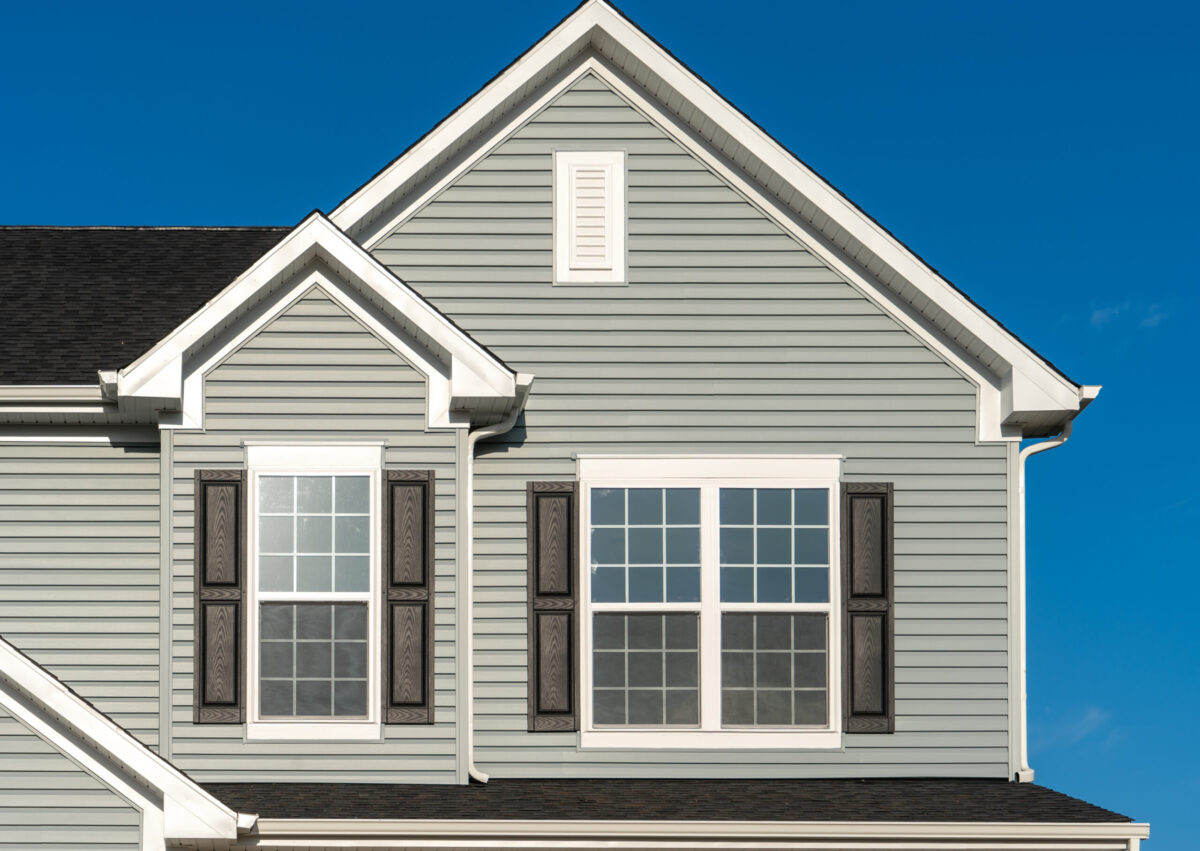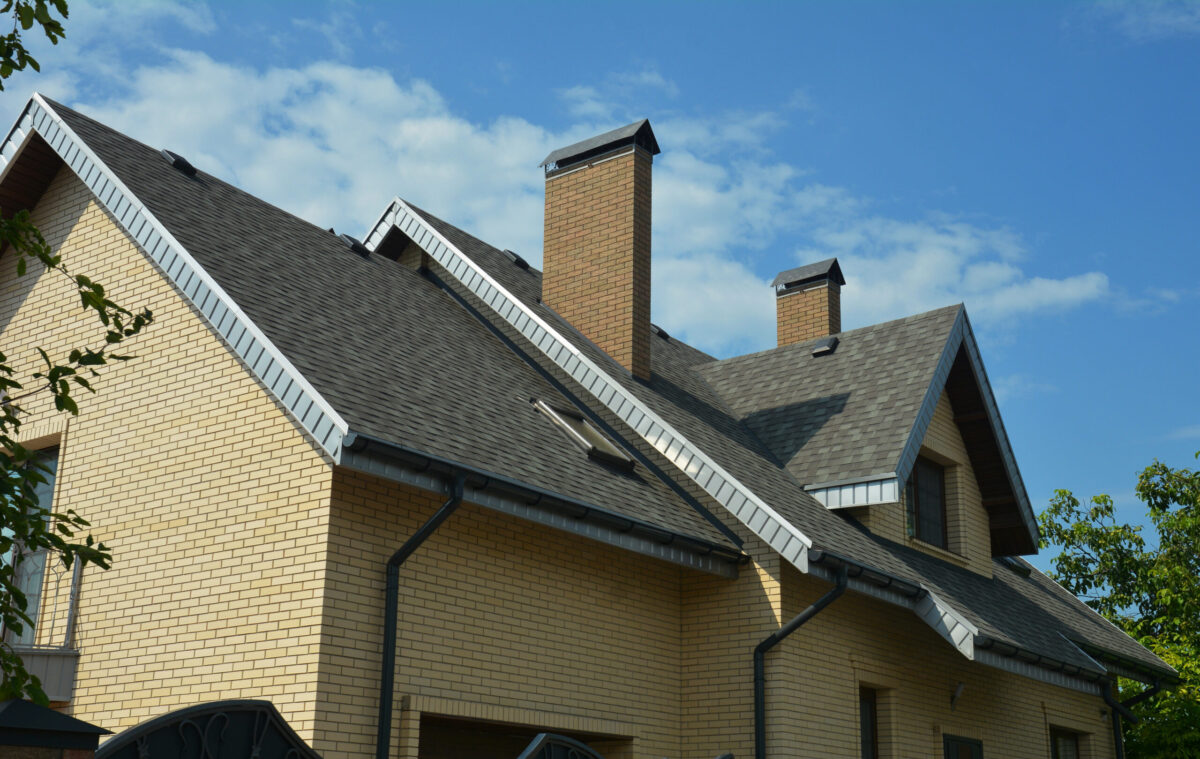Soffit and fascia might not be the most glamorous parts of your home’s exterior, but they are essential for protecting your roof and foundation from the elements. If you’ve noticed peeling paint, cracks, or signs of pests, it’s probably time for a repair. Understanding the potential soffit and fascia repair cost is the first step toward addressing these issues and safeguarding your home. At Maumee River Roofing, we believe in keeping homeowners informed about every aspect of their home’s exterior.
Knowing what goes into the final price can help you budget effectively and make confident decisions for your home maintenance. This guide will walk you through the key elements that influence the cost of soffit and fascia repairs.
Here’s what we will cover:
- Why maintaining your soffit and fascia is crucial
- The main factors that determine repair costs
- Signs that indicate you need repairs
✅ Why Soffit and Fascia Maintenance Is Important

Soffit and fascia are more than just decorative trim; they are your home’s first line of defense against weather, pests, and moisture. Neglecting them can lead to significant and expensive problems down the road.
Properly maintained soffit and fascia play a critical role in your home’s overall health. Here’s why keeping them in good condition is so important:
- Preventing Pest Infestations: Cracked or damaged soffit and fascia can create openings that allow pests like insects, birds, and rodents to enter your home. Keeping these areas intact blocks their access and prevents nesting in your roof or walls.
- Improving Attic Ventilation: Soffits with proper vents enable airflow in and out of your attic, helping to regulate temperature, reduce humidity, and prevent moisture buildup that could lead to mold or mildew issues.
- Protecting Against Water Damage: Fascia supports gutters, ensuring water flows away from your home. Together with the soffit, they shield your roof and walls from water seepage, reducing the risk of rot, leaks, and costly structural damage.
- Boosting Curb Appeal: Well-kept soffit and fascia enhance your home’s exterior by providing a polished, finished appearance. This not only improves aesthetics but also adds to your property’s overall value.
👉 7 Factors That Affect Soffit and Fascia Repair Cost

The total price for soffit and fascia repair can vary widely depending on several key factors. Understanding these elements will give you a clearer picture of what to expect for your project.
1. The Type of Material Used
The material you choose for your soffit and fascia significantly impacts the overall cost. Common options include wood, vinyl, and aluminum, each with its own price point and benefits.
- Wood: Offers a classic look but requires more maintenance and is susceptible to rot and pests. It often has a moderate upfront cost but can lead to higher repair expenses over time.
- Vinyl & Aluminum: These materials are popular for their durability, low maintenance, and resistance to rot and insects. While their initial cost might be higher than wood, they often save money in the long run.
2. The Extent of the Damage
The scope of the repair is one of the biggest cost drivers. A few small cracks or holes will be much less expensive to fix than extensive rot that has spread along your roofline.
- Minor cosmetic repairs might just involve patching and painting.
- Significant damage could require removing and replacing entire sections of soffit and fascia, which increases labor and material costs.
3. Your Home’s Size and Design
The size and architectural style of your home also play a role. A larger, multi-story home will naturally require more materials and labor than a smaller, single-story house.
- Homes with complex rooflines, multiple levels, or hard-to-reach areas will increase labor costs due to the need for additional equipment and safety precautions.
- The total linear feet of soffit and fascia that need repair will be a primary factor in the final price.
4. Labor Costs in Your Area
Labor rates for skilled contractors can vary based on your geographic location. A professional roofer’s expertise is crucial for ensuring the job is done right, so this is an area where you don’t want to cut corners.
- Always hire a licensed and insured contractor to protect yourself and your home.
- Experienced contractors can identify underlying issues, like hidden water damage or poor ventilation, that less-skilled workers might miss.
5. Gutter Condition and Involvement
Since fascia boards support your gutters, their condition is closely related. If your gutters need to be removed and reinstalled to access the fascia, this will add to the labor time and cost.
- If your gutters are also damaged, it may be more cost-effective to replace them at the same time as your fascia repair.
- Properly functioning gutters are essential for protecting your new soffit and fascia from future water damage.
6. Disposal of Old Materials
When old soffit and fascia are removed, they need to be disposed of properly. Most professional contractors will include the cost of debris removal and disposal in their project quote.
- This service ensures your property is left clean and tidy after the work is completed.
- Confirm that disposal fees are included in your estimate to avoid any surprise charges.
7. Additional Related Repairs
Sometimes, what looks like a simple fascia issue is a symptom of a larger problem. The repair team might uncover other issues once they start working.
- Damage to the underlying rafter tails or roof decking may need to be addressed before the new soffit and fascia can be installed.
- Pest infestations discovered during the repair will also need to be handled, which could add to the overall project cost.
⚠️ Common Signs You Need Soffit and Fascia Repair
Not sure if your soffit and fascia need attention? Regular inspection can help you catch problems early before they become major headaches. Look out for these tell-tale signs.
Here are some common indicators that it’s time to call a professional:
- Cracked or Peeling Paint: This is often the first visible sign of damage, indicating that the material is exposed to moisture and may soon fail if left untreated.
- Visible Cracks or Holes: Any gaps in your soffit or fascia create easy entry points for pests and water, potentially leading to more severe structural issues.
- Signs of Pests: Birds, insects, or rodents entering your roofline suggest a breach that needs immediate attention to prevent infestation.
- Leaking Gutters: Gutters pulling away from the house could mean the fascia board is rotting and no longer able to support their weight, requiring a repair or replacement.
- Stains or Discoloration: Dark streaks or stains on the soffit or fascia are often signs of mold or mildew, pointing to ongoing moisture issues that need addressing.
